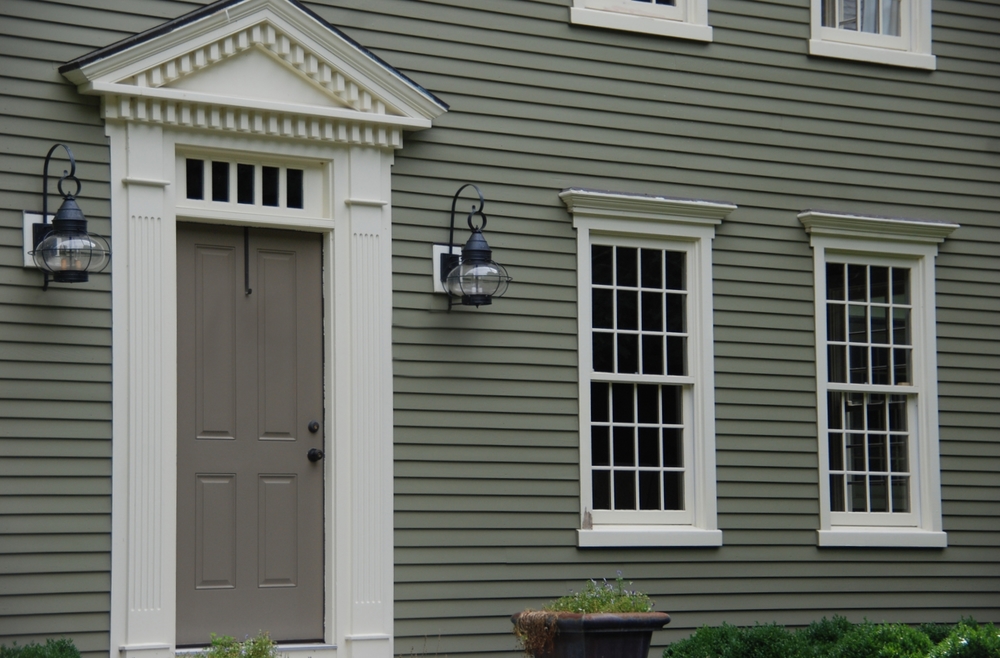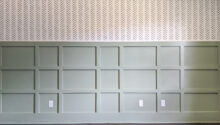
Not only your window, but also your exterior entrance door are among the important building materials that give your home not only the design but also the necessary feeling of security. Of course, protection, sound insulation also play an important part.
If a building is renovated, the floor is often hand-crafted. This makes it necessary to install new window or exterior doors. The wall opening required for this can also be made by expert do-it-yourselfers, observing some rules.
Supporting or Non-Supporting – Important Considerations
An important feature when creating a wall or wall breakthrough is the assessment of the wall in question. In the case of load-bearing walls, additional measures may have to be taken. A structural expert must calculate any reinforcements and the required lintel in advance. During the construction work itself, supports such as wooden beams, steel ceiling beams or the masonry above the opening may be necessary to absorb the loads. This is done with the help of steel supports. Wall openings in non-load-bearing walls are usually easier to make, only lines and pipes that may have been laid in the wall have to be taken into account.
The Different Procedures
Wall openings for window and doors can be made in two different ways, each requiring different tools and different plan of action:
- Prying through a wall: In this way, a hammer drill is used to remove the desired part of the wall. However, particularly in the case of large wall openings and thin walls, it can easily break out at the caulking edge. It is recommended to make the rough opening with a hammer drill and to work on the edges with a chisel.
- Cutting a wall opening: Especially with slim wall cross, cutting the wall with the help of an angle grinder offers the chance of making a wall opening with clean edges. The danger of parts breaking out is low. A disadvantage of this option is the large amount of dust generated during cutting. The way is therefore mainly suitable for rooms that have not yet been changed and are not inhabited.

Window and Exterior Doors Trim Kit Tools
As with any construction, good preparation is important when making a breakthrough. Before starting work, all tools and elements should be ready.
-Hammer drill or angle grinder
– chisel
-Steel girders and planks for support
-safety goggles and gloves
-Cleaning bucket and trowel, caulking trowel
If the construction is broken through in occupied or already redesigned rooms, the floor and furniture are carefully covered. Especially if the cutting is used, the exterior doors should also be taped so that the stone dust does not spread beyond the room.
Mark The Outline
The outlines of the planned opening are drawn including the lintel. This can be done with a black marker so that the pre-drawn lines are clearly visible. A play half inches on each side should be allowed for. The lintel dimensions must be chosen so that the lintel rests at least 10 inches on each side of the opening.
For load-bearing walls, such as exterior doors, the structural expert decides the lintel dimensions and the support depth required for load. After this preparatory trim work, work on the breakthrough begins. Various rules must be observed here:
The trim work is usually done from top to bottom. This prevents stones or masonry parts from falling. When breaking out the stones, care must be taken that as few stones as possible are loosened. This can be achieved by the chisel or drill as vertically. Since the outlines of the wall opening do not match the joints in the masonry, the opening is usually larger than necessary or intended. The resulting gaps are filled with small-sized stones.
Make A Lintel Opening
The chiselling or cutting work starts at the lintel. If this opening is made first, in many cases there is no need for additional support. The rough opening can be created with a hammer drill. To avoid flaking and chipping, the edges should be worked with a chisel as precisely as possible along the drawn. The lintel of the appropriate size is then pushed into the lintel opening. If the wall opening is too large for the fall, the gaps are then closed with suitable stones. The lintel is walled in with cement. The cement must fill the gap between the lintel and the wall and is pressed in with a jointing trowel.






